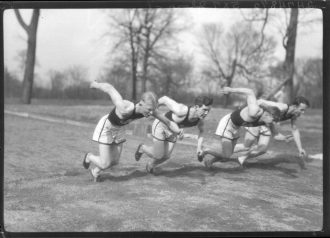December 2, 2016
“Anecdotal Evidence Shows Both Success and Failure with AFAs,” Of Counsel, December, 2016
In 2014 when a computer hardware manufacturer found itself embroiled in intellectual property litigation, the company’s in-house lawyers called on its outside law firm, Silicon Valley-based Hopkins & Carley, for help. The firm and its client—one with whom H&C had a years-long relationship—agreed on an alternative fee arrangement. And, both the fee structure and the outcome of the case couldn’t have gone better.
…
At Detroit’s Harness, Dickey & Pierce, partner Monte Falcoff agrees and adds that it helps a lot, particularly in his IP and patent practice, if the law firm understands the client and the client’s products. “In the good scenarios, the outside counsel has already had some exposure to the technology from the client,” he says. “So they already are up to speed technically and also know how that client wants their files handled and the level of quality they expect—the whole business picture.”
He also says that for the legal matter to result in a win-win situation for both the company and the law firm both parties must be very realistic about what their expectations are. “That’s the ultimate driver,” says Falcoff, the chair of the firm’s intellectual property practice group, which has used AFAs with great success. “If goals on either side are unrealistic, then both parties are going to be very unhappy. Unrealistic goals get people fired even though the cost targets are met. They lead to huge problems down the road.”
…


